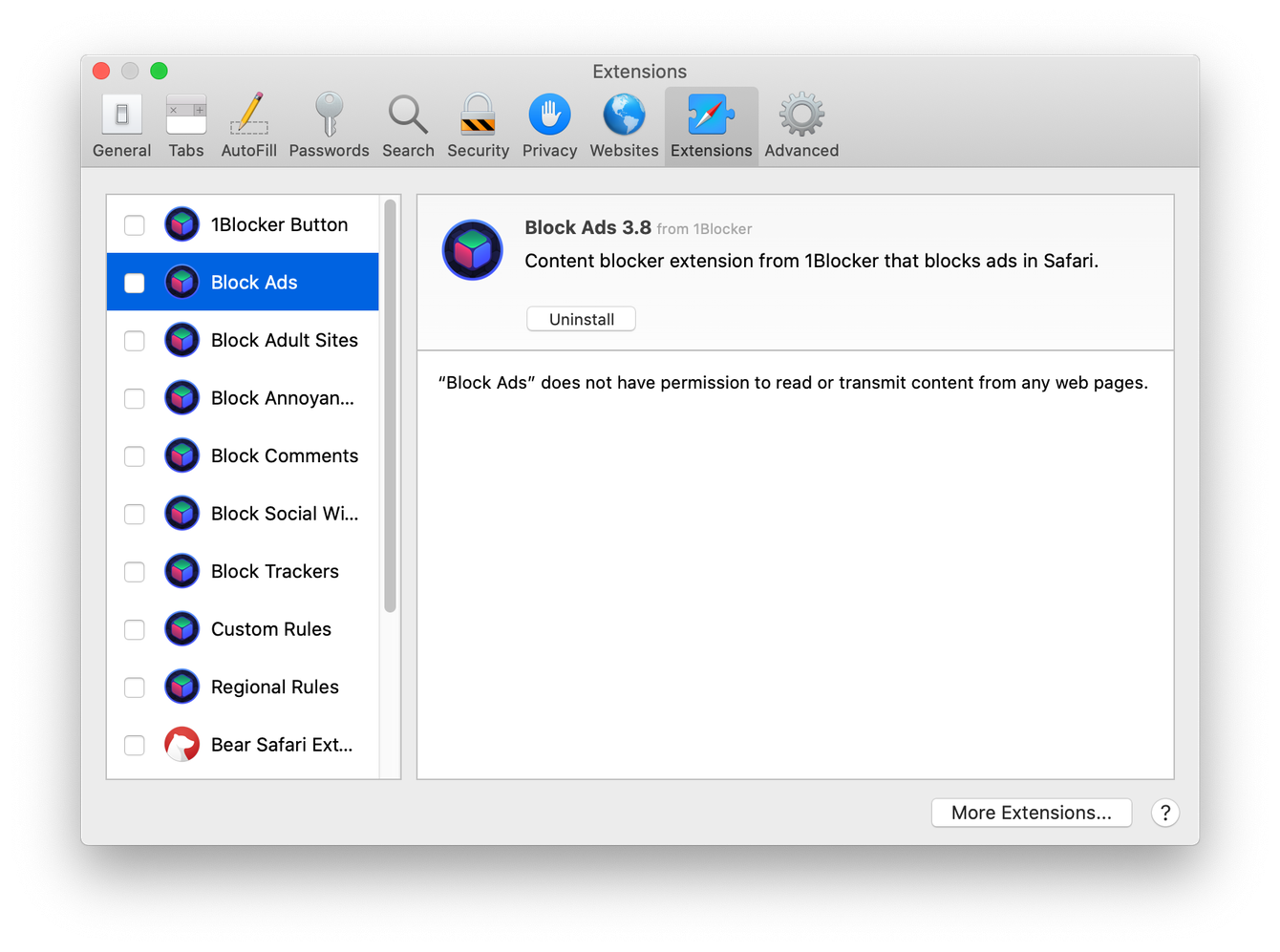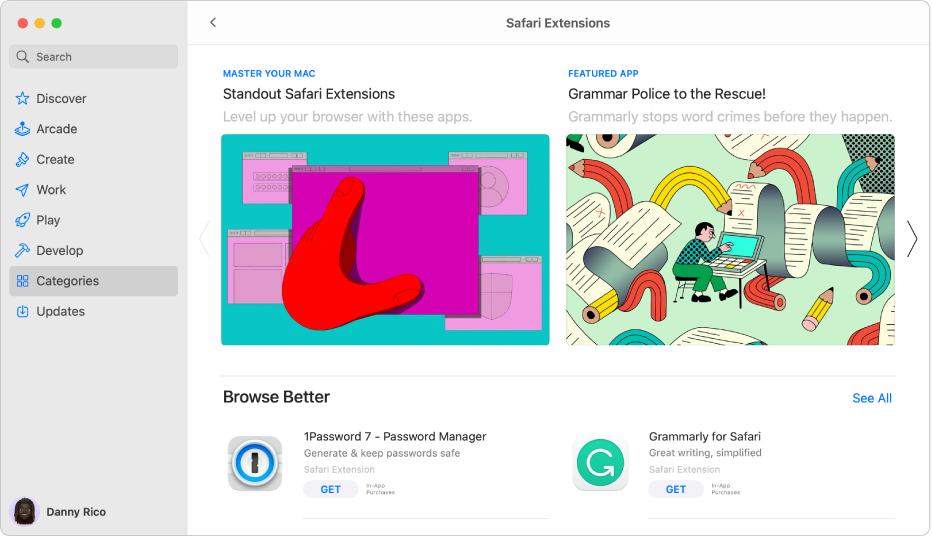
This header contains an Access-Control-Allow-Origin key, to specify which origins can access the server’s resources. For example, for an app running on localhost:3000, the special request format looks like this: Origin: Reacting to this special request, the server sends back a response header. To conduct the same-origin check, the browser accompanies all requests with a special request that sends the domain information receiving server. For example, in the protocol is the host is and the hidden port number is 443 (the port number typically used for https). But really, the origin is the combination of the protocol, host, and port. Above, the origins were simplified to the frontend application and backend server domains. Under the hood, the browser checks if the origins of the web application and the server match. 🕶️” How does the same-origin policy work under the hood? It will stop evil-site and say “Blocked by the same-origin policy.
#Mac safari saying blocked plugin for pdf code#
Luckily, in this situation, like a hawk ready to strike, the browser will step in and prevent the malicious code from making an API request like this. Your account has been successfully hacked with a cross-site request forgery attack. Evil-site sends the session cookie, and gains authenticated access to facebook-clone. Since the request is going to the domain, the browser includes the relevant cookies. The evil site also has the ability send a request to /api. In this case, your browser would store a relevant session cookie for the domain:

For instance, it’s feasible that you would sign into a web app like. This is especially useful for authentication, and setting sessions. In this maneuver, a malicious website attempts to take advantage of the browser’s cookie storage system.įor every HTTP request to a domain, the browser attaches any HTTP cookies associated with that domain. The same-origin policy fights one of the most common cyber attacks out there: cross-site request forgery. The error stems from a security mechanism that browsers implement called the same-origin policy. To get there, let’s answer a couple questions: Why was the CORS error there in the first place? It wouldn’t be the wisest business decision…

#Mac safari saying blocked plugin for pdf install#
In local development, it’s fine to have a plugin installed that can help you get past the error.īut once you publish your application, you can’t expect your users to install the plugin too. However, this fix only applies to your own machine. The plugin definitel y addresses the issue.

Then refresh your application, and your API requests should now work! 🎉 But the plugin fix is deceiving


 0 kommentar(er)
0 kommentar(er)
